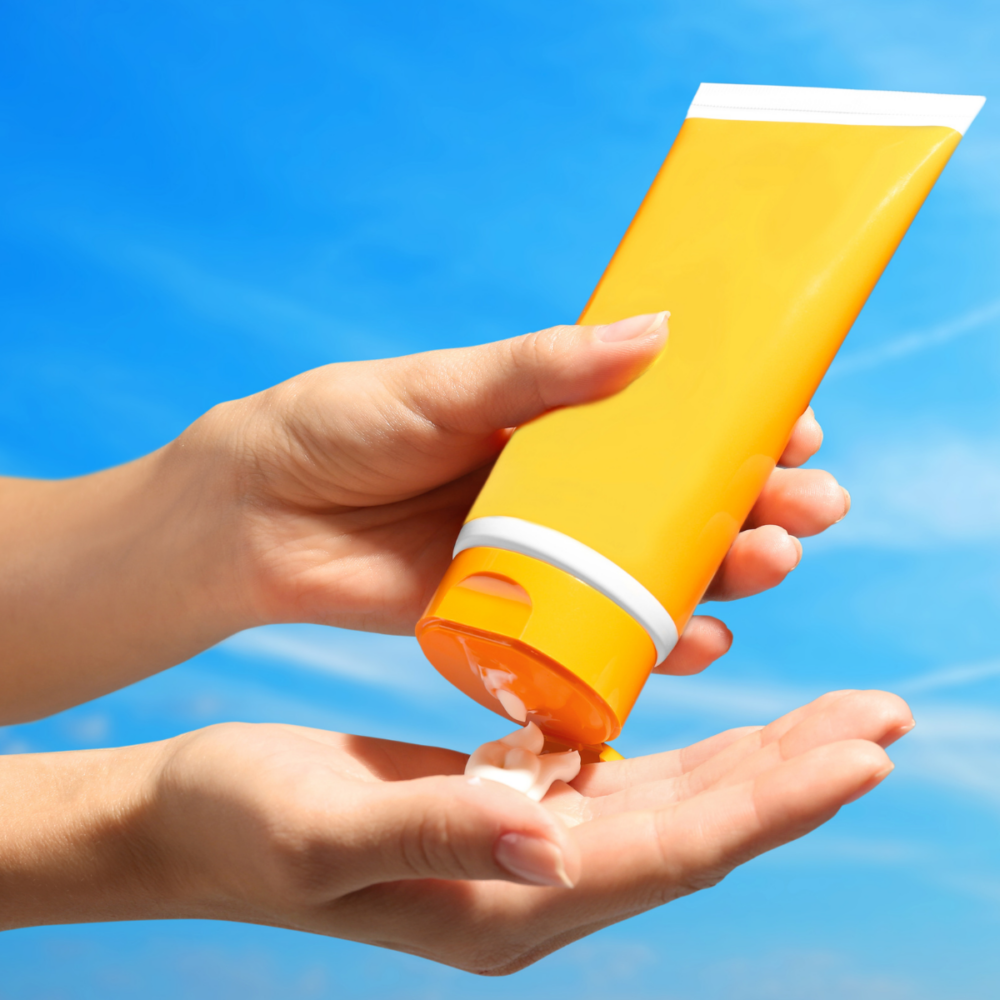Năm lầm tưởng về ung thư da

May is Skin Cancer Awareness Month, and it’s the perfect time to separate fact from fiction so you have the knowledge you need to protect your skin. Here are five common myths about skin cancer — and the facts to debunk them.
Myth #1: Sun exposure is the only way to provide vitamin D for your body.
We all need Vitamin D to absorb calcium and protect our bones from developing bone diseases like osteoporosis; it’s also essential for strong immune systems and brain function. The sun is one way we get vitamin D. However, the right diet or supplements can also provide beneficial vitamin D. Plus, numerous studies show you can still receive vitamin D benefits from the sun while wearing sunscreen. So, there’s no need to harm your skin — you can still get that vitamin D while staying skin healthy!
Myth #2: Tanning provides a protective base tan to prevent sunburns.
There is no such thing as a safe tan — in fact, a tan is evidence of the sun damaging your skin. If you use a tanning bed or tan outside to “create a base,” you are still harming your skin! If you’d like a tanned look, try a spray tan or self-tanner instead.
Myth #3: If you have dark skin, you don’t need to wear sunscreen — your melanin is a natural sunscreen!
Those with darker skin have higher amounts of the substance that produced protective pigmentation (called melanin) in skin, hair and eyes—and it is true that more melanin does provide SOME protection from sun damage. But anyone, regardless of skin color, can develop skin cancer. People with skin of all shades should block out harmful ultraviolet (UV) rays by using sunscreen, wearing protective clothing or seeking shade.
Myth #4: You don’t need sunscreen on a cloudy day.
You can get sunburned even on a cloudy day—that’s because 80% of the sun’s UV rays can pass through clouds. You should always use sunscreen with SPF 30 or higher that has both ultraviolet A (UVA) and ultraviolet B (UVB) protection (also referred to as ‘broad spectrum’). It’s important to use broad spectrum sunscreen because while UVB rays primarily cause sunburn, UVA rays are also harmful. Overexposure to either UVA or UVB can cause skin cancer.
Myth #5: Using sunscreen means slathering yourself with harmful chemicals.
The benefits of using sunscreen outweigh any risks, and the Food and Drug Administration (FDA) regulates sunscreens to ensure they meet necessary requirements to be deemed safe and effective for use. Safe, effective sunscreen is available at affordable prices, shielding your skin just as well as luxury versions with the same level of SPF.
Chemical sunscreen is absorbed by your skin and changes the chemical structure of UV rays before they cause damage. Mineral (or physical) sunscreens, on the other hand, sit on top of your skin, creating a barrier blocking and scattering the rays before they can penetrate.
There are also sunscreen options for people with sensitive skin, such as those labeled ‘dermatologist recommended’ or ‘for babies.’ There are also vegan, organic, reef-friendly and cruelty-free options. Reef-friendly sunscreens are mineral-based sunscreens whose ingredients are less harmful to coral reefs. If you’re worried about the chemicals in sunscreen, ask a health care provider or dermatologist for a recommendation. Read more on how to buy sunscreen.
Now that you’re aware of these myths, you have the knowledge to effectively protect yourself and your skin. Check out ngăn ngừa ung thư.org/skin for more information.